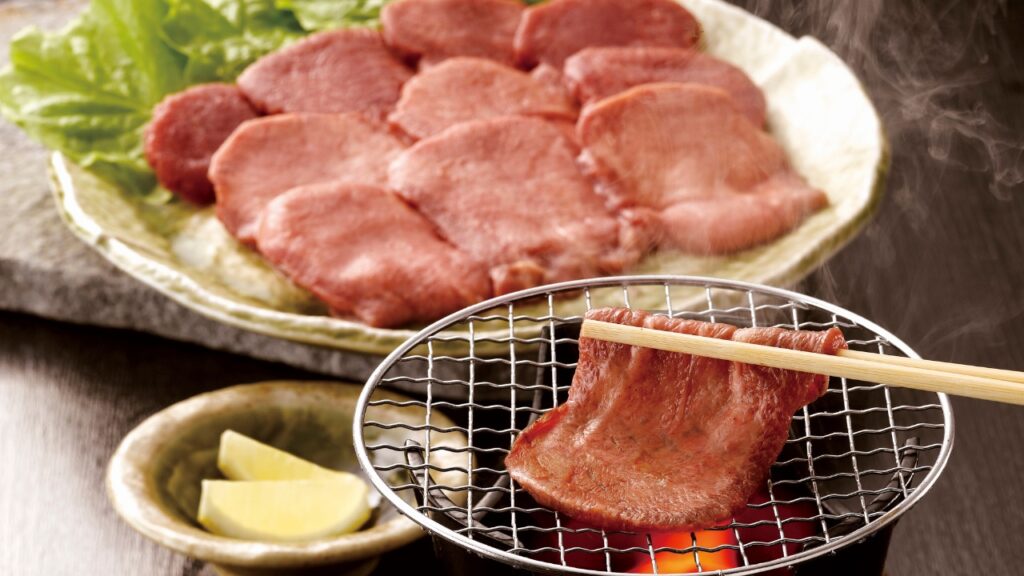Are you curious about how to say “tongue” in Japanese? Whether you’re learning anatomy terms, exploring Japanese cuisine, or understanding idiomatic expressions, this guide will help you grasp the term for “tongue” in Japanese and its practical applications.
How Do You Say ‘Tongue’ in Japanese?
In Japanese, “tongue” is expressed as Shita (舌). This is the standard term used for the anatomical tongue. It can also be used metaphorically in idiomatic expressions or for describing tastes.
For example: “Shita o kamu” (舌を噛む) means “to bite your tongue.”
Cultural and Practical Contexts
The word “shita” has various uses in Japanese, from anatomy to expressions and cuisine. Here are some notable contexts:
Anatomical Usage
In medical or educational settings, “shita” is used to describe the tongue as part of the human body. Example: “Shita wa aji o kanjiru kikan desu” (舌は味を感じる器官です) means “The tongue is the organ that senses taste.”
Casual Usage: Bero
In casual or childish language, “tongue” can be referred to as Bero (ベロ). This term is often used by children or in informal conversations. Example: “Bero ga itaindesu” (ベロが痛いんです) means “My tongue hurts.”
Idiomatic Expressions
There are many idiomatic expressions involving “shita” in Japanese. For example: – **”Shita ga karui”** (舌が軽い): “To be talkative” or “to have a loose tongue.” – **”Shita o mawasu”** (舌を回す): “To speak fluently” or “to talk smoothly.”
Japanese Cuisine: Gyutan
In Japanese cuisine, “gyutan” (牛タン) refers to beef tongue, a popular dish in regions like Sendai. Unlike the anatomical term “shita” (舌), the reading changes to “tan” (タン) in this context, reflecting its culinary use derived from English. Example: “Gyutan wa Sendai no meibutsu desu” (牛タンは仙台の名物です) means “Beef tongue is a specialty of Sendai.”

Practical Applications and Usage
Knowing how to use “shita” in context can improve your Japanese communication skills. Here are some practical examples:
Describing Physical Sensations
If your tongue hurts, you might say, “Shita ga itai desu” (舌が痛いです), meaning “My tongue hurts.”
Discussing Food and Taste
To describe a taste, you can say, “Shita ni aji ga nokoru” (舌に味が残る), meaning “The taste lingers on the tongue.”
Talking About Idiomatic Meanings
To explain an idiom, you might say, “Shita ga karui to wa yoku hanasu hito no imi desu” (舌が軽いとはよく話す人の意味です), meaning “‘Shita ga karui’ means a talkative person.”
FAQs
Here are some common questions about “tongue” in Japanese:
How do you write ‘shita’ in kanji?
“Shita” is written as 舌 in kanji, and it is often used in both formal and casual contexts.
What is ‘gyutan’?
“Gyutan” (牛タン) refers to beef tongue, a popular dish in Japanese cuisine, particularly in Sendai. The reading “tan” comes from the English word “tongue,” used to reflect its culinary association.
Are there other meanings for ‘shita’?
Yes, “shita” can also mean “below” or “under” depending on the kanji used (下). However, in the context of “tongue,” it specifically refers to 舌.
Conclusion
Learning the word “shita” and its various uses, from anatomical references to idiomatic expressions and cuisine, can deepen your understanding of Japanese language and culture. Practice these terms in conversation to enhance your fluency!








